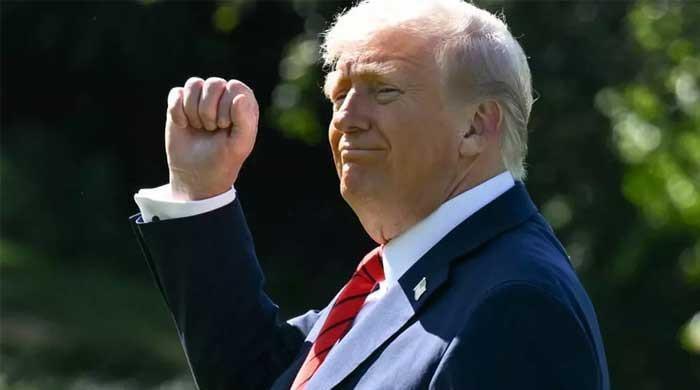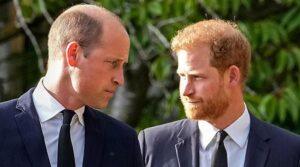US President Donald Trump scored an undeniable diplomatic victory by helping broker a truce for Gaza, but the path to the lasting peace he says he wants for the Middle East is fraught with obstacles.
And it remains to be seen whether Trump, 79 — who is not exactly known for his attention to fine print — will devote the same level of energy to the conflict in the long term, once his victory lap in the region ends next week.
“Any agreement between Israelis and Palestinians, but especially an indirectly negotiated agreement between Israel and Hamas, is an extraordinary achievement,” said Aaron David Miller, who has worked for several U.S. administrations of both parties. AFP.
“Trump decided to do something that no American president … of any party has ever done, which was to pressure an Israeli prime minister on an issue that that prime minister considered vital to his policies,” said Miller, a senior fellow at the Carnegie Endowment for International Peace.
But Miller, who has participated in Middle East peace talks over the years, warned of the “universe of complexity and detail” that remains to be resolved when it comes to implementing phase two of the deal.
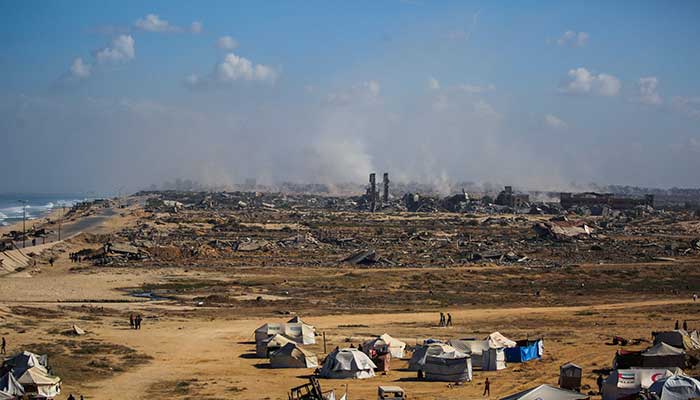
The Israeli army said its troops ceased fire at 0900 GMT on Friday in the Gaza Strip, in anticipation of the release of all Israeli hostages, dead and alive, within the next 72 hours, in accordance with the agreement reached with the Palestinian armed group Hamas.
Trump said he planned to travel to the Middle East on Sunday, with stops in Egypt, where the negotiations took place, and Israel.
The art of the deal?
Given that every US president over the past 20 years has failed to resolve the crises between Israel and the Palestinians, Trump’s achievement is already remarkable.
But the billionaire Republican president has broader aspirations: reviving the Abraham Accords concluded during his first term in the White House, under which the United Arab Emirates, Bahrain and Morocco offered diplomatic recognition to Israel.
Trump brought his son-in-law Jared Kushner, one of the architects of those deals, back into the administration to work with special envoy Steve Witkoff on the Gaza negotiations.
Officials and foreign policy observers agree that Trump skillfully used a mixture of carrots and sticks — in public and private, and particularly with Israeli Prime Minister Benjamin Netanyahu — to reach a deal.
He also leveraged his close ties with Arab and Muslim leaders, notably Turkey’s Recep Tayyip Erdogan.
For Miller, Trump clearly played a “decisive” role.
But even though the first phase of the deal appears to be on track, much remains undefined, including how – and if – Hamas will agree to disarm after two years of devastating conflict in the Palestinian territory, following its October 7, 2023 attack on Israel.
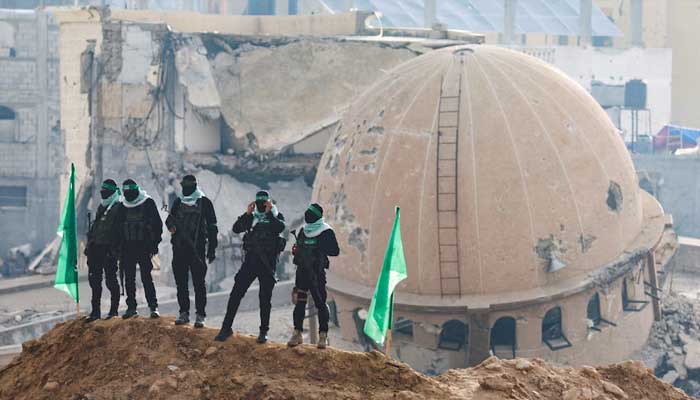
“A ceasefire is not yet a lasting peace,” French Foreign Minister Jean-Noël Barrot said Thursday, after meeting European and Arab ministers on how to help the Palestinians in the post-conflict period.
Steven Cook, a senior fellow at the Council on Foreign Relations, wrote: “Whether this will lead to the end of the war remains an open question. »
Huge challenges
Cook says the challenge now is to fully implement Trump’s 20-point plan, which calls for Hamas to surrender its weapons, the creation of an international stabilization force and new governance structures for Gaza that will not include the Palestinian resistance group.
Trump insisted Thursday that “there will be a disarmament” of Hamas and “withdrawals” of Israeli forces.
Then on Friday, he added: “I think there is consensus on most of these points, and some details, like everything else, will be worked out.”
But his administration will have to work hard to finalize the deal and ensure that Arab countries in the region invest in rebuilding devastated Gaza.
A team of 200 American soldiers will “supervise” the truce in Gaza, senior American officials announced Thursday.
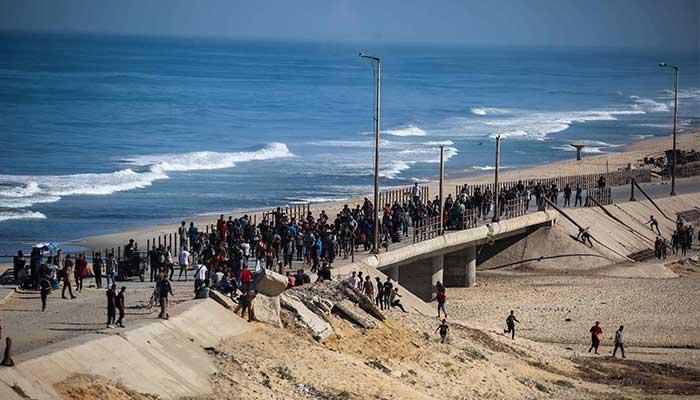
Miller said there were “operational” gaps in the plan as it stands, including “no detailed planning on how to dismantle and/or demilitarize Gaza, even if you had Hamas’s buy-in, which you don’t.”
The plan also calls for the creation of a so-called “Peace Council,” a transitional body chaired by Trump himself – a proposal that Hamas rejected on Thursday.
“Even though he came to power with the desire to get rid of American commitments in the Middle East, Trump has just assumed a huge one: the responsibility for a peace plan that will forever bear his name,” wrote Robert Satloff, executive director of the Washington Institute for Near East Policy.

